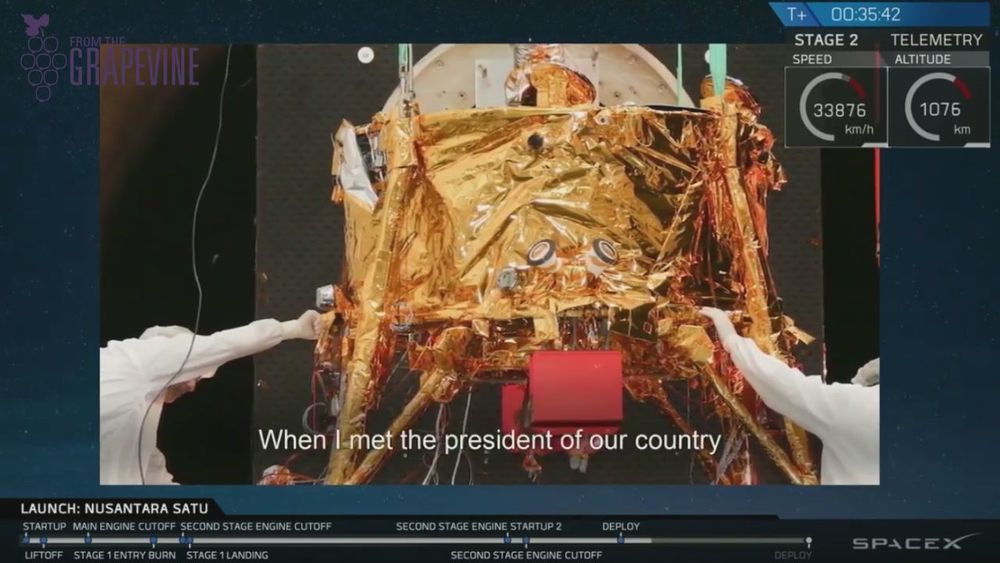Feb 22, 2019
A New Treatment Can Relieve Food Allergies, But Few Doctors Offer It
Posted by James Christian Smith in categories: biotech/medical, food, health
Because there’s not yet an FDA-approved version of this treatment, most medical providers don’t yet offer it. So most patients can get it only by enrolling in research studies, of which there have been dozens in recent years.
Patients Find Relief For Food Allergies In Oral Immunotherapy Treatment : Shots — Health News Many parents of kids with life-threatening food allergies live with fear, EpiPen in hand. Some are trying oral immunotherapy, a treatment that can help patients build tolerance to foods like peanuts.





 The only photo of a Concorde flying at Mach 2 taken by Adrian Meredith from an RAF Tornado attack fighter over the Irish Sea in April 1985.
The only photo of a Concorde flying at Mach 2 taken by Adrian Meredith from an RAF Tornado attack fighter over the Irish Sea in April 1985.











